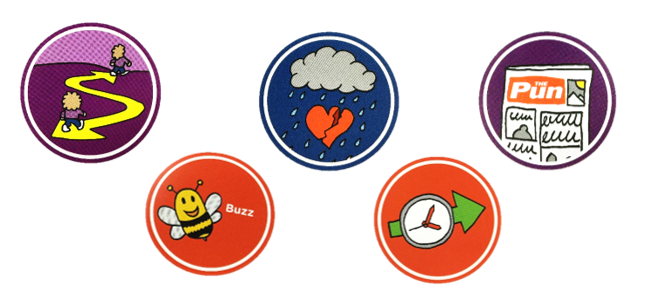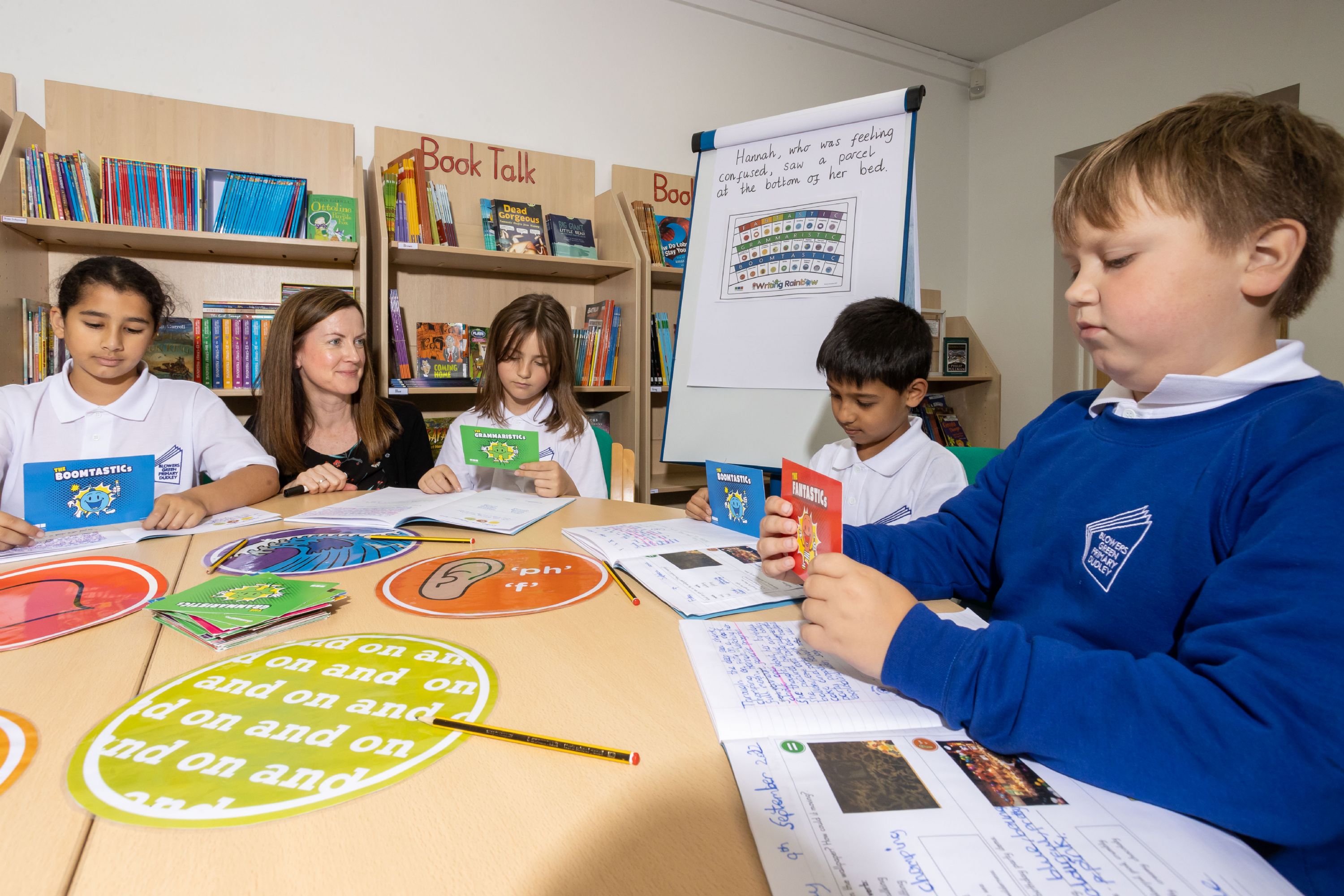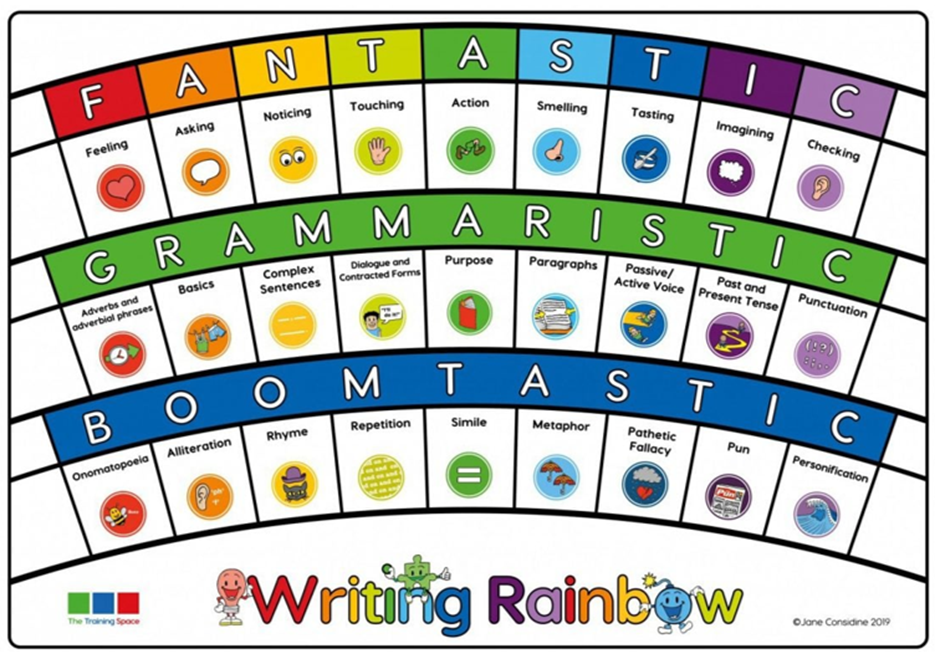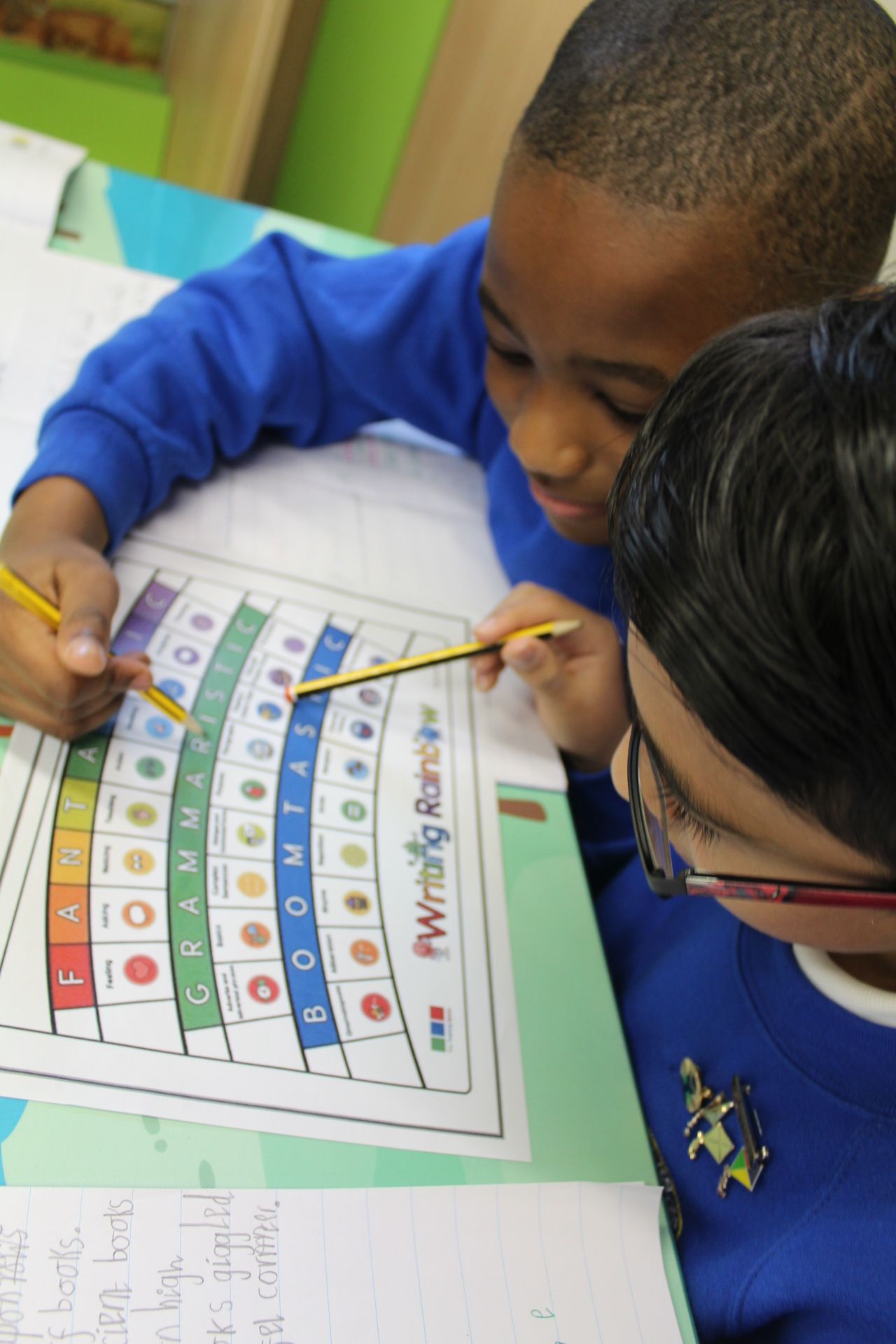Writing
‘If you want to be a writer, you must do two things above all others: read a lot and write a lot’
~ Michael Rosen
Writing Intent
At Blowers Green Primary School, we are committed to the delivery of excellence in the teaching of writing. It is the aim for each child to be able to communicate effectively both orally and in written form to any given audience. These skills are essential foundations for literacy development and the effective teaching of English will offer opportunities to promote these skills across the curriculum. Blowers Green Primary School is committed to develop each child so that they can use writing as a means of expressing thought, opinion and information; to develop the stamina and skills to write at length, with accurate grammar, punctuation and spelling.
OUR CHILDREN’S WRITING CHARTER
Our children are entitled to a world class writing curriculum which enables them to:
-
Have exposure to high quality model texts from a range of cultures, times and genres
-
Develop their knowledge and use of an extensive and rich vocabulary
-
Use and manipulate language appropriate to their audience and purpose
-
Have an excellent grasp of the rules that govern Standard English, both written and spoken; including the use of tenses and the grammatical structure of sentences: syntax and semantics

‘Why write? Writing crystallises your ideas. It preserves them for others. It reveals the facets of your thinking. Good writing is creating a gem for others to discover…’
~ Jane Considine
Implementation
Statutory requirements for the teaching and learning of writing are laid out in The National Curriculum in England Framework Document for Teaching, 2014. Teaching in the Foundation Stage follows the Communication and Language strand and Literacy strand of the Early Years Foundation Stage (EYFS) Framework 2014.
Each half-term, children study at least 2 genres, 1 fiction and 1 non- fiction together with a poetry study.
Grammar, sentences structures and vocabulary elements are all plotted across the year to ensure coverage and depth across the year groups. Age-appropriate class texts are chosen to support the genre being studied as well as to engage the children in the particular unit. Children have writing targets for each genre and use steps to success within each unit to support them in reaching their personal objectives.
In line with the School’s policy and commitment to excellence in writing, the structure of each lesson at Blowers Green and the journey of writing across the week enables all aspects of the National Curriculum for English to be taught; lessons are uniquely planned and tailored to meet the needs of all our learners. In addition, Literacy and the teaching of writing permeates the whole curriculum.
At Blowers Green Primary School, there is a clear emphasis on the teaching of Standard English across the curriculum to ensure that children have opportunities to confidently write and talk in a range of contexts to at least a National age-related expectation. Teachers aim to provide stimulating writing experiences and opportunities to motivate the child, using a range of resources to engage individuals and groups of children and by providing real-life and open-ended learning opportunities.
Teachers provide opportunities for pupils to study and analyse the style and construction of different types of writing; providing writing opportunities for different purposes and audiences, encouraging the correct use of grammar, punctuation and spelling. Children become increasingly independent in their writing using talk for writing, rehearsal, drafting, editing and improving. Adults will model cursive letter formation and handwriting thereby encouraging children to develop their own legible style of handwriting to help clarity when work is read by another person. Children are given opportunities to reflect upon their written work using verbal and written self and peer-assessment.

The 'Write Stuff'
Across the school, in designated daily 45-minute ring-fenced writing lessons, the ‘Write Stuff’ approach is used, an initiative developed by educationalist Jane Considine’s research methods around the mechanics of writing. The initiative promotes excellent standards in writing, with the writing process taught explicitly and deliberately to pupils by teachers daily. The ‘Write Stuff’ gives opportunities for children to explore language through all their senses, through drama, role play and talk. All grammar and punctuation requirements of the National Curriculum are embedded into the teaching approach to ensure that grammar is taught in context.
‘The Write Stuff’ follows a method called ‘Sentence Stacking’ which refers to the fact that sentences are stacked together chronologically and organised into ‘chunks’ to engage children with short, intensive moments of learning that they can then immediately apply to their own writing.
An individual lesson is based on a sentence model, broken into three chunks:
Initiate Phase – a stimulus to capture the children’s imagination and set up a sentence.
Model Phase – the teacher close models a sentence that outlines clear writing features and techniques.
Enable Phase – the children write their sentence, following the model.

INITIATE PHASE
This is the part of the lesson where the teacher initiates pupil interest and engagement. The core purpose is to inspire and captivate pupil’s attention and enjoyment of writing. Clark, 2012, suggests that enjoyment of writing is related closely to attainment.
The following are some examples of ways in which teachers engage pupils before the writing process begins;
- Drama: hot-seating characters, real or imagined, freeze-framing scenes, the role of an important object in a story, the conscience alley of a troubled person, thought-tapping of a central character or communal voice to share an important conversation.
- Artefacts relating to story or non-fiction text e.g. a letter from a story character, items in a character’s coat pocket, a suitcase or bag belonging to a character, map of an explorer featured in information text or medal of an Olympian linked to an autobiography.
- Newspaper article of a real event to inspire other types of writing.
- Music to enhance mood or as a backdrop to storytelling
- Film – short animation to be used as context for writing or footage related to a non-fiction text.
- A powerful piece of text loaded with textual features to explore.
Through the stimuli, resources and experiences, the intent of the inspiration part of the lesson is to entice pupils into learning and awaken intrigue and interest about what is to come.
MODEL PHASE
During this part of the lesson, teachers ‘hold the writing hand’ of the pupils. Following the inspiration part of the lesson, teachers explicitly explore with children what sentence or sentences is/are being modelled. At Blowers Green Primary School, writing is modelled throughout the 60-minute writing lesson. If teachers do not find time to deliberately teach at sentence level, then children are at risk of producing poor quality writing.
ENABLE PHASE
Using the teacher’s model, children are then enabled to compose and construct their own sentences.
DEEPENING
THE MOMENT
All children at Blowers Green, regardless of their ability, are encouraged to ‘deepen the moment’. Within a learning chunk, children will initially be required to follow the writing rule of the modelled sentence provided by the teacher, but after that pupils will be able to write extra sentences, as long as they remain within the same point of the narrative; they do not ‘plot push’ or move on, pupils simply tell us more…
Pupils are supported when deepening the moment using the following;
- The FANTASTICs These nine lenses (The five senses + 4 lenses, Feelings, Actions, Speech, Thoughts) encourage children to use their senses e.g. What does the setting look like? What can the central character hear? What emotions does he/she feel?
- The GRAMMARISTICs – A huge emphasis within the English curriculum is based around grammar, spelling and punctuation. The ‘Grammaristics’ encourage children to apply the grammatical procedures they are taught to their writing, so that it makes sense and includes a range of sentence structures.
- The BOOMTASTICs - This zone supports children to include literary devices such as alliteration, rhyme, onomatopoeia and personification, amongst others. Essentially, they help improve children’s creative flare and assist them in developing their own personal writing style

Following a series of ‘Sentence Stacking’ lessons, children will write an extended independent piece using the devices learnt.
Impact
The agreed programme of work will ensure continuity, progression and differentiation. Our English curriculum facilitates sequential learning and long-term progression of knowledge and skills. Teaching and learning methods provide regular opportunities to recap acquired knowledge through high-quality questioning, discussion, modelling and explaining to aid retrieval at the beginning and end of a lesson or unit.
Regular practise of skills will provide children with the confidence to apply these in a range of independent situations whereby they have the chance to show what they have internalised. The range of writing situations we provide will enable all children to alter their long-term memory and knowledge more, remember more and be able to do more as independent writers.

